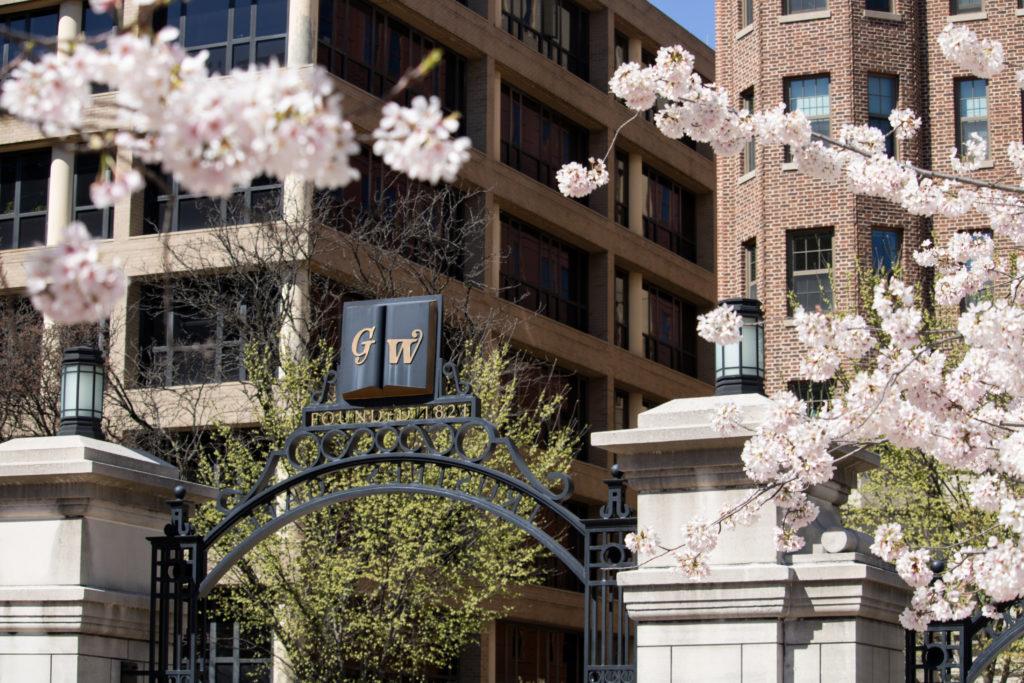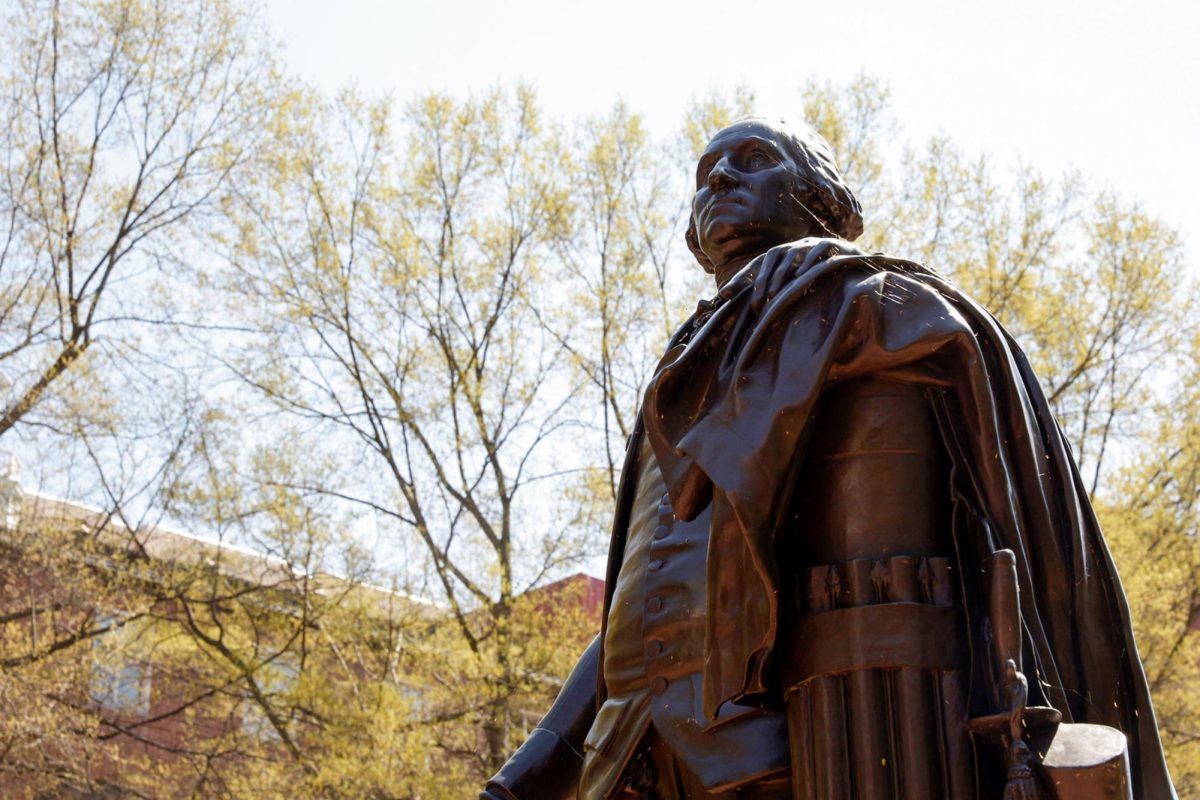The University is promising more regular upgrades for residence halls after a buildup of student complaints about the buildings’ poor quality.

GW will renovate every residence hall on a seven-year schedule starting this summer with The Dakota, International House and City Hall.
The three upperclassmen halls could see updates to carpeting, bathrooms, kitchens or lighting, depending on student input and the amount of money available, according to a University release. The upgrades to City Hall will come one year before the University’s lease expires with the former hotel.
Sophomore halls JBKO, Francis Scott Key and Guthridge are slated next for renovations, along with Strong Hall, Ivory Tower and Mitchell Hall. In past years, the University has committed $4 million to upgrade halls like Munson.
The renovation plan comes on the heels of high-profile student complaints. Two residents last summer created a Facebook page called “GW Housing Horrors” and told a local news station that GW ignored their complaints about crumbling ceilings, mold and dirty appliances, prompting the University to release a housing “Bill of Rights” last fall.
Students also pushed back against the University’s move to require juniors to live on campus starting with the class of 2018, which would bring in about $2 million for GW each year but put housing issues back in the spotlight.
Student Association president Julia Susuni, who helped drive the University to look at housing conditions, said her administration would continue to give feedback on where the housing office should turn its attention.
“It’s not the end of the conversation, but it’s definitely a step in the right direction. GW doesn’t really have a system where there’s a continuous replacement cycle for things, and so this is the first implementation of one,” Susuni said.
The University’s spending per student on building maintenance decreased by 26 percent between 2006 and 2011
the last year data is available. GW spends $1,067 per student to fix up and maintain campus buildings – far less than competitor schools like New York University and Boston University, according to CollegeMeasures.org.
The University’s constant construction has already driven up borrowing costs, though, and the $1.4 billion of debt already accumulated has faculty leaders concerned. University leaders and trustees have said they are confident in the financial strategy, pointing to the low interest rates that are letting GW borrow cheaply.
Seth Weinshel, who leads GW’s housing office, called the housing renovation plan a “proactive strategy to routinely update campus housing and provide greater value to all students.”
GW already renovates multiple residence halls every summer, spending millions of dollars depending on the project’s scale. The University spent $2.5 million replacing cabinets, upgrading bathroom vanities, adding new exhaust fans and installing tap-and-enter door locks in 2012.
The same year, GW spent $3 million on upgrades to Guthridge, City, Mitchell halls, as well as The Aston. The University also spent millions of dollars to replace kitchens in Fulbright Hall last summer, part of a five-year plan to upgrade some of GW’s oldest halls.
Housing rates increased on average by about 3 percent across the board for next academic year. Singles in Mitchell Hall and triples in Fulbright Hall spiked by nearly 12 percent, to $10,830 from $9,700.







